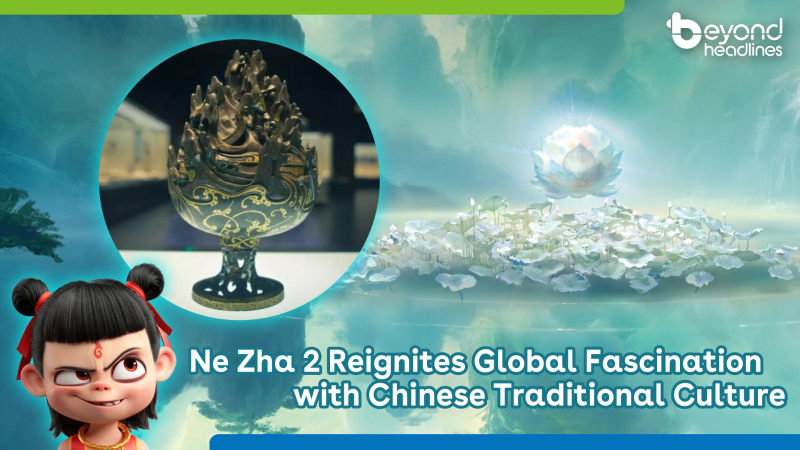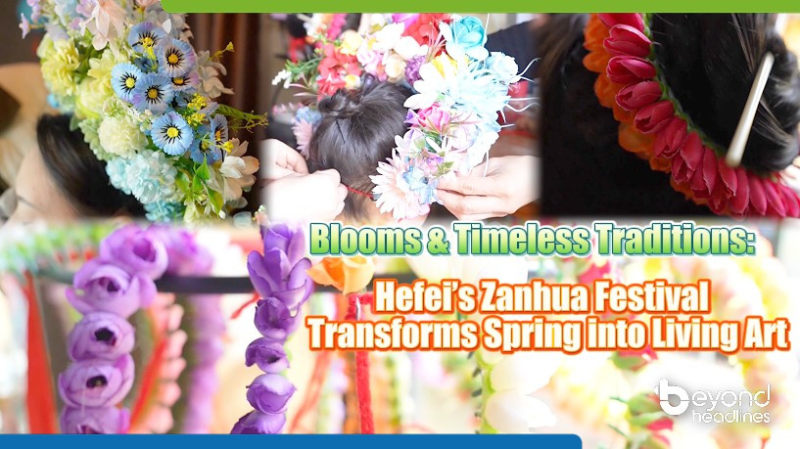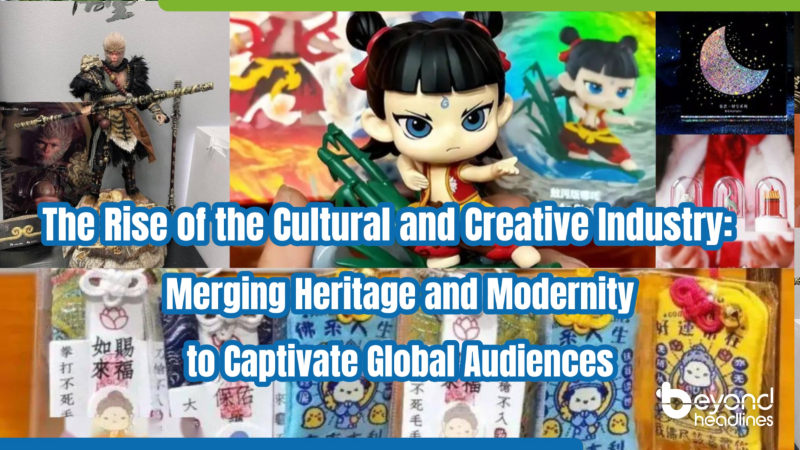The Chinese animated blockbuster Ne Zha 2 continues to dominate the global box office, recently surpassing 12 billion RMB in revenue and securing a spot among the top 10 highest-grossing films of all time worldwide. Beyond its commercial triumph, the film has captivated audiences with its intricate designs and painstaking attention to detail. A striking example is the "Seven-Colored Treasure Lotus," a mythical artifact central to the plot, which fans traced to the Hebei Museum’s renowned Western Han Dynasty relic—the Gilded Bronze Boshan Incense Burner. This connection has sparked a surge in museum visits, with enthusiasts eager to witness the historical inspiration firsthand.
In the film, the deity Taiyi Zhenren employs the ethereal Seven-Colored Treasure Lotus to reconstruct the bodies of protagonists Ne Zha and Ao Bing. This fictional lotus bears a remarkable resemblance to the Hebei Museum’s prized artifact, a 26-centimeter-tall, 3.4-kilogram incense burner adorned with intricate carvings of mythical creatures frolicking amid rugged mountain peaks. When lit, the burner’s swirling smoke breathes life into the scene, enhancing its mystical allure and mirroring the cinematic enchantment.
Crafted with unparalleled artistry, the Boshan Incense Burner exemplifies the ingenuity of ancient Chinese metalwork while offering valuable insights into the handicrafts, incense rituals, and aesthetic values of the Western Han Dynasty (202 BCE–9 CE). Ne Zha 2’s success transcends box office records; it has sparked renewed global fascination with China’s cultural heritage, bridging ancient traditions with modern storytelling. By weaving historical motifs into its narrative, the film has become a powerful catalyst for promoting China’s rich artistic legacy, proving that mythology and history remain vibrantly relevant in contemporary cinema.




![[China Highlights] Embark on an Artistic Adventure: Black Myth: Wukong Art Exhibition in Hangzhou](https://img.beyondheadlines.hk/articles/cover/20250416/10d906a34a2ed796e69ff4f3b7305fac.jpg!w800)


![[Cultural China] Beyond the Teapot: Spring Tea Brews Up a Culinary Revolution](https://img.beyondheadlines.hk/articles/cover/20250424/0cda9c237f4c67836253d8119e44a3c0.jpg!w800)


![[Cultural China] Zhuang Traditions Come Alive: Ancient Wedding Reenacted in Guangxi](https://img.beyondheadlines.hk/articles/cover/20250423/b44b2f006d12a6ea5d7330b589da39cf.jpg!w800)

![[Cultural HK] Scale New Heights of Fun at Hong Kong's Cheung Chau Bun Festival!](https://img.beyondheadlines.hk/articles/cover/20250425/66bde2371a8724463a7711071cf76aa1.jpg!w800)

No more comments
No more comments